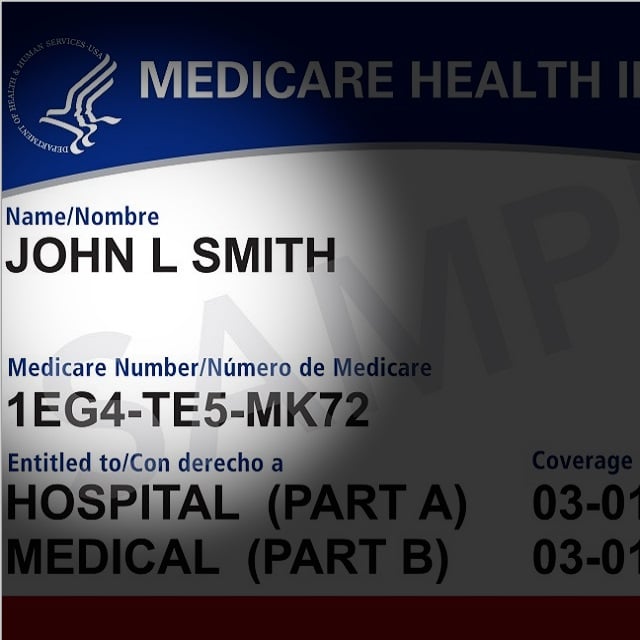Falcon
NOT FOR REPRINT
COVID-19 Continues to Fill Hospitals: 50 States of Data
By
Allison Bell
News August 03, 2020 at 03:28 PM
Share & Print
The bad news: COVID-19 appears to be filling patients throughout the South and the Southwest with patients with a deadly, highly contagious disease. The good news: The federal government is now publishing a COVID-19 hospital bed occupancy map that looks terrible. The U.S. Centers for Disease Control and Prevention (CDC) has been trying to track COVID-19 with a weekly collection of maps, tables and charts based largely on the data sources and methods used to track influenza.
. — Read COVID-19 Might Have Caused $2 Billion in U.S. Life Claims So Far, on ThinkAdvisor. — Connect with ThinkAdvisor Life/Health on Facebook, LinkedIn and Twitter.
Resources
- The CDC's weekly COVID-19 report is available here.
- The COVID Tracking Project at The Atlantic is available here.
- The HHS hospital capacity data is available here.
- An overview article about the COVID-19 data for the previous week is available here.
COVID-19 Hospitalization Rates, by State | |||
| This table shows the number of people hospitalized, with confirmed or probable cases of COVID-19, by state, per 100,000 residents, as of July 27. | |||
| Hospitalizations | Population | Hospitalizations per 100,000 residents | |
|---|---|---|---|
| Alabama | 1,599 | 4,903,185 | 32.6 |
| Alaska | 38 | 731,545 | 5.2 |
| Arizona | 2,626 | 7,278,717 | 36.1 |
| Arkansas | 489 | 3,017,804 | 16.2 |
| California | 8,820 | 39,512,223 | 22.3 |
| Colorado | 365 | 5,758,736 | 6.3 |
| Connecticut | 59 | 3,565,287 | 1.7 |
| Delaware | 63 | 973,764 | 6.5 |
| District of Columbia | 102 | 705,749 | 14.5 |
| Florida | 9,098 | 21,477,737 | 42.4 |
| Georgia | 3,181 | 10,617,423 | 30.0 |
| Hawaii | 26 | 1,415,872 | 1.8 |
| Idaho | 204 | 1,787,065 | 11.4 |
| Illinois | 1,417 | 12,671,821 | 11.2 |
| Indiana | 835 | 6,732,219 | 12.4 |
| Iowa | 241 | 3,155,070 | 7.6 |
| Kansas | 212 | 2,913,314 | 7.3 |
| Kentucky | 609 | 4,467,673 | 13.6 |
| Louisiana | 1,600 | 4,648,794 | 34.4 |
| Maine | 13 | 1,344,212 | 1.0 |
| Maryland | 536 | 6,045,680 | 8.9 |
| Massachusetts | 350 | 6,892,503 | 5.1 |
| Michigan | 670 | 9,986,857 | 6.7 |
| Minnesota | 257 | 5,639,632 | 4.6 |
| Mississippi | 1,179 | 2,976,149 | 39.6 |
| Missouri | 1,057 | 6,137,428 | 17.2 |
| Montana | 61 | 1,068,778 | 5.7 |
| Nebraska | 109 | 1,934,408 | 5.6 |
| Nevada | 1,112 | 3,080,156 | 36.1 |
| New Hampshire | 20 | 1,359,711 | 1.5 |
| New Jersey | 695 | 8,882,190 | 7.8 |
| New Mexico | 144 | 2,096,829 | 6.9 |
| New York | 642 | 19,453,561 | 3.3 |
| North Carolina | 1,169 | 10,488,084 | 11.1 |
| North Dakota | 43 | 762,062 | 5.6 |
| Ohio | 1,110 | 11,689,100 | 9.5 |
| Oklahoma | 625 | 3,956,971 | 15.8 |
| Oregon | 237 | 4,217,737 | 5.6 |
| Pennsylvania | 704 | 12,801,989 | 5.5 |
| Rhode Island | 71 | 1,059,361 | 6.7 |
| South Carolina | 1,668 | 5,148,714 | 32.4 |
| South Dakota | 47 | 884,659 | 5.3 |
| Tennessee | 1,328 | 6,829,174 | 19.4 |
| Texas | 10,893 | 28,995,881 | 37.6 |
| Utah | 225 | 3,205,958 | 7.0 |
| Vermont | 13 | 623,989 | 2.1 |
| Virginia | 1,200 | 8,535,519 | 14.1 |
| Washington | 396 | 7,614,893 | 5.2 |
| West Virginia | 85 | 1,792,147 | 4.7 |
| Wisconsin | 250 | 5,822,434 | 4.3 |
| Wyoming | 17 | 578,759 | 2.9 |
| Sources: Hospitalization numbers: The COVID Tracking Project (CC BY-NC 4.0). Population: Census Bureau, 2019 estimates | |||
NOT FOR REPRINT
© 2025 ALM Global, LLC, All Rights Reserved. Request academic re-use from www.copyright.com. All other uses, submit a request to [email protected]. For more information visit Asset & Logo Licensing.
Featured Resources
View All
Sponsored by Illinois Mutual Life Insurance Company
4 Reasons To Sell Simplified Issue Disability Income Insurance (SIDI)

Sponsored by Illinois Mutual Life Insurance Company
Simplified Issue Disability Income Insurance (SIDI): A Smarter Way to Sell and Protect







